Social Emotional Learning Teaching Resources
Are you on the hunt for social emotional learning activities, printable PDFs, and more to bring SEL to life in your primary lessons this school year? The list of academic benefits of SEL instruction is a mile long, and the Teach Starter teacher team has created a robust collection of social and emotional learning resources made with teachers – and your students — in mind.
We've made planning your social-emotional learning lessons simple with printable SEL worksheets and digital social and emotional activities designed specifically for the needs of primary school students. Each resource in this collection has undergone rigorous review by the expert teachers on our team to make sure you'll be comfortable passing them out in the classroom or sending them home in a student's bag.
Pardon us if we're sharing something you already know (feel free to skip right to the social emotional learning activities!), but if you're new to incorporating SEL into your classroom, you may need a quick refresher! Read on for a guide from our teacher team!
What Is Social-Emotional Learning?
The most common social-emotional learning — or social and emotional learning — definition describes SEL as 'the process through which all young people and adults acquire and apply the knowledge, skills, and attitudes to develop healthy identities, manage emotions and achieve personal and collective goals, feel and show empathy for others, establish and maintain supportive relationships, and make responsible and caring decisions.'
It's a bit of a mouthful, but essentially social and emotional learning covers five core competencies:
- Self-Awareness
- Self-Management
- Social Awareness
- Relationship Skills
- Responsible Decision Making

Where Did Social Emotional Learning Come From?
Teachers have been teaching many of the skills that now fall under the social and emotional learning curriculum for centuries. It's always been our goal to help shape little minds to be caring, productive, and engaged citizens.
But the roots of what we now consider SEL can be traced back to a project in the New Haven, Connecticut schools in the United States where school administrators worked with Yale University researchers, parents, mental health workers and teachers to refocus not just the school's academic programs but their social ones too. The project started in the 1960s at two schools considered 'underperforming,' and by the 1980s, these same schools had academic scores that were at the top of American school rankings.
From there, the K-12 New Haven Social Development program was born, establishing a framework for incorporating social and emotional learning into the curriculum. Meanwhile, the non-profit Collaborative for Academic, Social, and Emotional Learning (CASEL) was born in 1994, helping to really bring the term 'social and emotional learning' into the zeitgeist.
CASEL was born out of the New Haven projects and helped shape the official definition of SEL listed above in 1997. It now works to expand SEL in schools around the globe.
Why Is Social-Emotional Learning Important?
Not sure you have time to fit all of this in alongside the standards that you're preparing students to meet? A solid social and emotional learning curriculum will help students with everything from managing emotions and developing coping skills to setting positive goals, engaging in positive relationships and solving problems effectively — all important competencies for your classroom.
The importance of SEL is hard to overstate, but here are a few core benefits:
- Promote mental health and well-being — Teaching social and emotional lessons in the classroom can help students develop the skills they need to manage their emotions, build positive relationships and cope with stress and challenges. It's a small step toward better mental health for all.
- Improve academic performance — There's strong research showing that students who have strong social and emotional skills are more likely to be engaged in learning and perform better academically.
- Create a positive classroom culture — Teaching social and emotional lessons can help create the kind of classroom culture where students feel safe, respected and supported — exactly what we all strive for!
- Prepare students for life after school — Social and emotional skills are essential for success beyond the classroom, be it at home in the immediate future or in uni or the workforce. Teaching these skills helps students be better equipped to handle the challenges they will face.
- Address specific social and emotional needs — Teaching social and emotional lessons can help address students' specific needs, such as building self-esteem, managing emotions and developing empathy for others. This can also help to create a more inclusive and equitable classroom where all students feel respected and valued. It's also good for your overall classroom management.

How to Teach Social and Emotional Lessons
There's little question that there's value in social and emotional learning, but how do you actually teach it? There's no simple answer here, as the exact methodology will differ based on year level, individual student needs and even your classroom dynamics!
That said, here are some strategies from our teacher team to keep in mind as you consider how you're incorporating the components of SEL in your instruction:
- Modelling — This is likely no surprise — we are our students' role models in the classroom for so much. Don't underestimate the value of your own active listening, displays of empathy and self-regulation, and other skills that are essential for your students' social and emotional development.
- Classroom Culture — Establishing a safe and supportive learning environment where students feel respected, valued and empowered goes a long way. Fostering a sense of community, promoting positive communication and encouraging collaboration and teamwork are all helping kids build their SEL quotient!
- Integration — Of course, you can (and should) have explicit instruction on SEL, but you can also incorporate SEL concepts into your core subject lessons. Discuss emotions related to a character in a book or working on group projects that require collaboration and communication. If you're teaching maths, emphasise the importance of perseverance and problem-solving skills. Teaching HAAS? Discuss empathy and the ability to understand different perspectives. It all comes together!
- Plus Plan
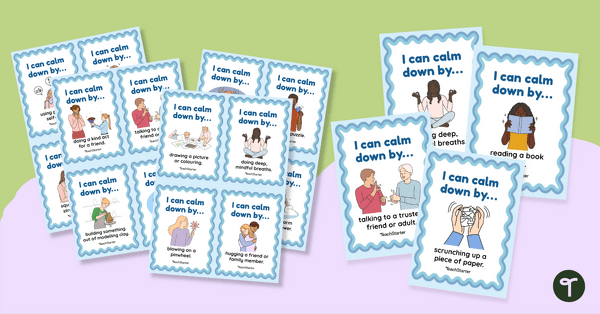
Calm-Down Strategy Cards
Help your students choose and apply strategies when they need to calm down with this comprehensive set of calm-down strategy cards.
- Plus Plan
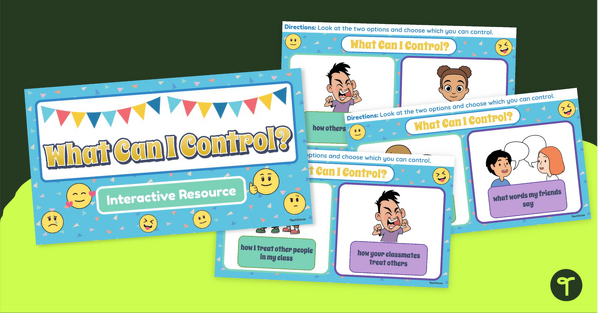
What Can I Control? Interactive Resource
Learn about self regulation with this PowerPoint about things that you can and cannot control at school.
- Plus Plan
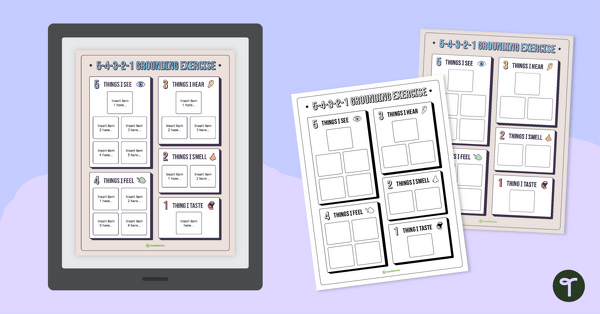
5-4-3-2-1 Grounding Exercise – Worksheet
De-escalate difficult situations with a printable grounding exercise.
- Plus Plan
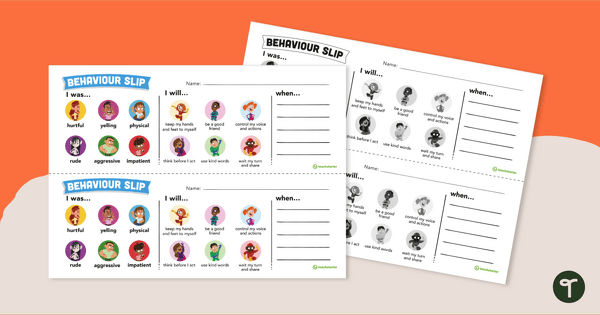
Behaviour Reflection Sheet – Lower Years
Invite your early years students to reflect on their behaviour choices with this behaviour think sheet.
- Plus Plan
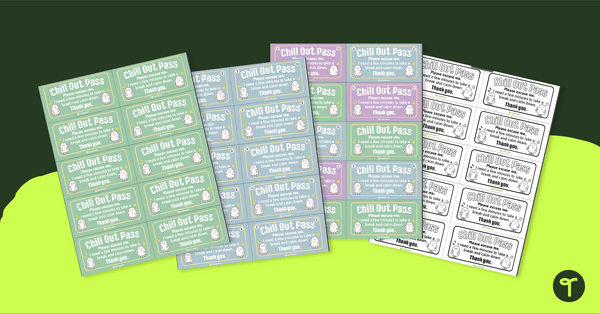
Chill Out – Classroom Break Passes
Give your students a work break to stop behavior problems before they start with our printable Chill Out Passes.
- Free Plan
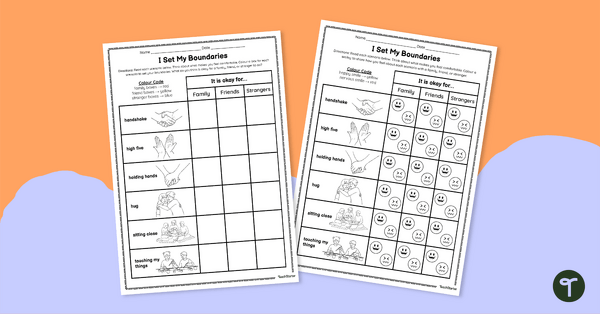
I Set My Boundaries Worksheets
Identify your personal space boundaries with this worksheet set.
- Free Plan
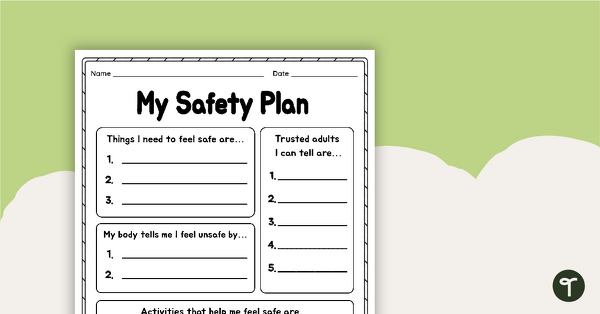
My Safety Plan Worksheet
Create a safety plan to help understand what to do or who to go to when you feel unsafe.
- Free Plan
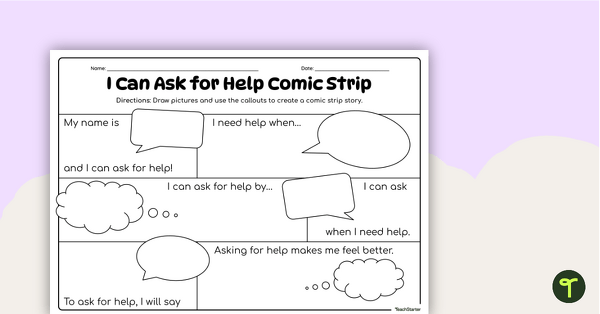
Asking for Help Comic Strip Template
Discuss how and who to go to for help using this comic strip template.
- Plus Plan
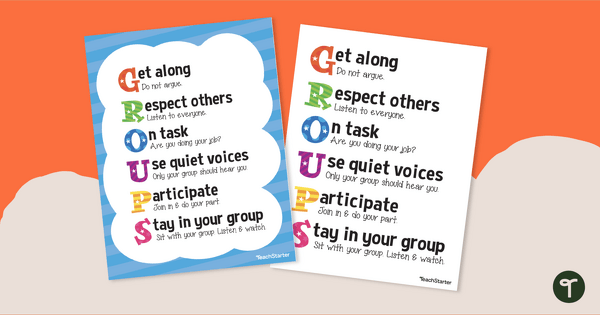
G.R.O.U.P.S - Group Work Expectations Poster
Encourage cooperative behaviour during group work activities with a printable group work mnemonic poster.
- Plus Plan
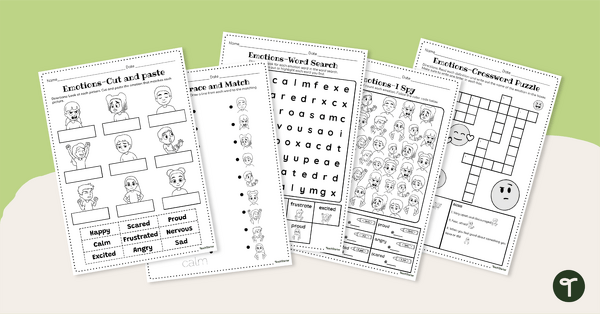
Emotions Worksheet Set
Help students understand different emotions with this set of five emotions worksheets.
- Plus Plan
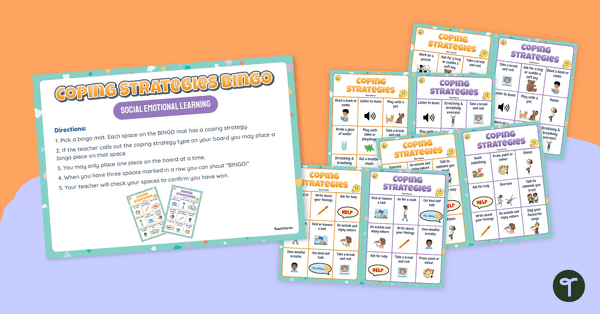
Coping Strategies Bingo
Identify and remember different coping strategies that can be used at home or in the classroom when feeling overwhelmed with an emotion.
- Plus Plan
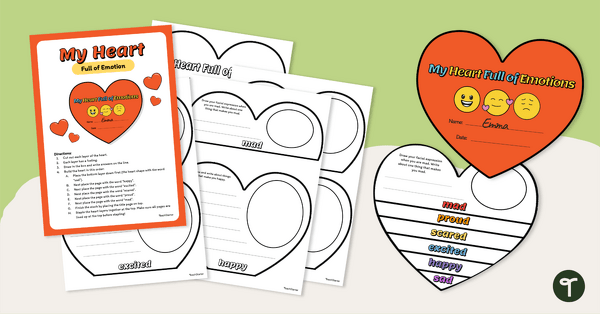
My Heart Full of Emotions Activity
Promote mindfulness and self reflection by writing out descriptions of different emotions.
- Plus Plan
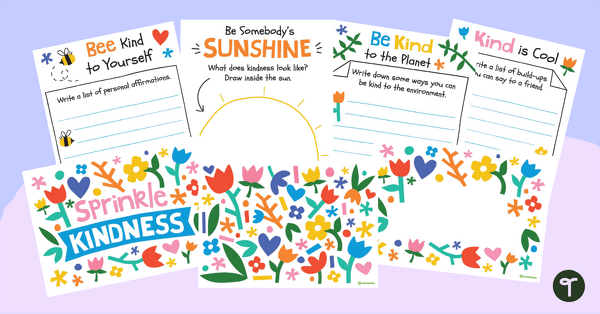
Kindness Reflection Activity and Classroom Display
Teach students kindness this school year with an interactive kindness activity and display for the primary classroom.
- Plus Plan
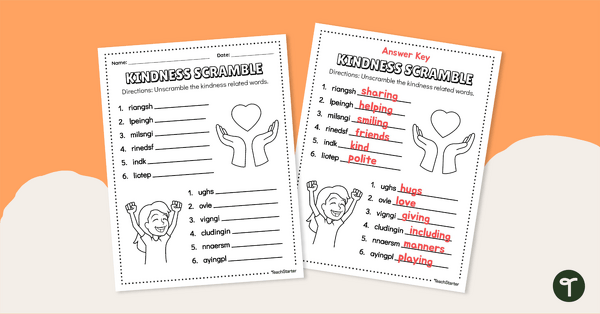
Kindness Word Scramble
Use this Kindness Word Scramble worksheet to talk about the different words associated with being kind.
- Free Plan
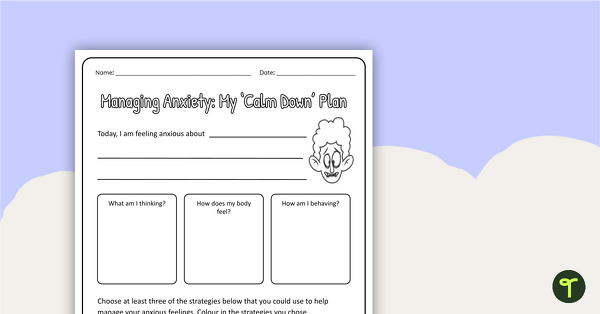
Managing Anxiety Worksheet (Lower Primary)
Help students identify and manage anxious feelings with this self-reflection worksheet.
- Plus Plan
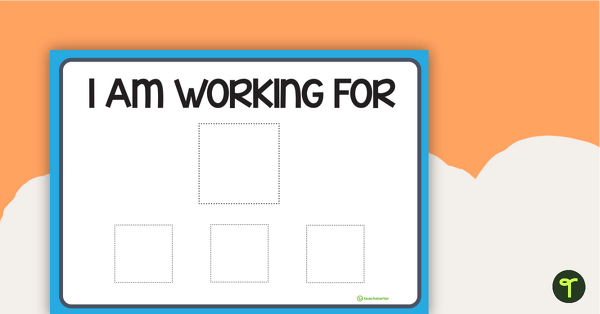
Visual Reward Chart
A visual reward chart along with token and reward cards to use in the classroom.
- Plus Plan
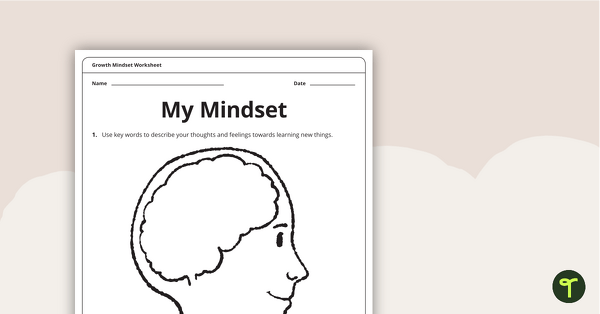
Growth Mindset Worksheets
A set of worksheets to use when teaching students about Growth Mindsets.
- Plus Plan
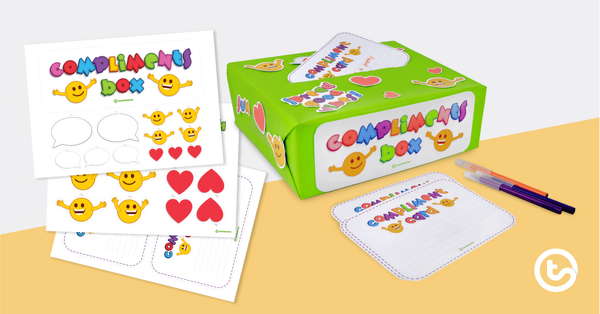
Compliment Box Decorations and Compliment Cards
Use these decorations and compliment cards to create your very own classroom compliments box.
- Plus Plan
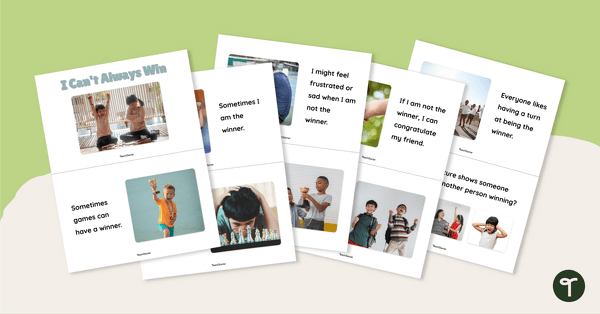
I Can't Always Win Mini-Book
Teach your students to cope when they are not the winner with this social story mini-book.
- Plus Plan
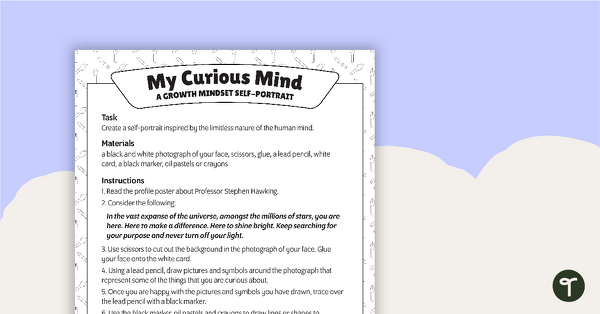
'My Curious Mind' Growth Mindset Art Activity
A creative visual art activity, inspired by Professor Stephen Hawking, to use when learning about growth mindset.
- Plus Plan
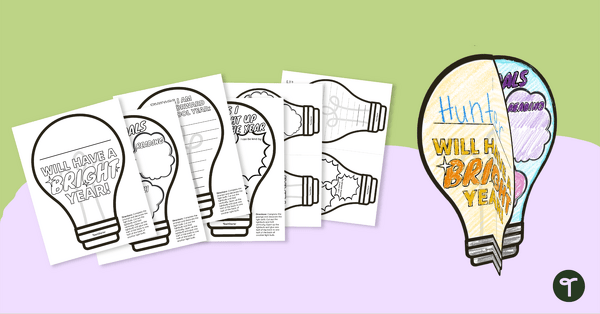
Have a Bright Year! Lightbulb Craft
Brighten up your classroom with a fun Lightbulb-themed goal-setting craft activity.
- Plus Plan
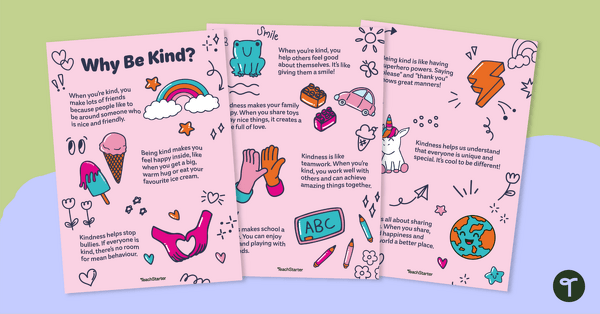
Why Be Kind Classroom Posters
Display this gorgeous set of kindness posters to teach students why kindness matters.
- Plus Plan
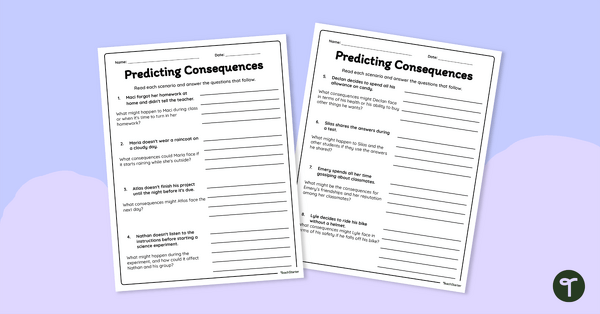
Predicting Consequences Worksheet
Help your students anticipate the consequences of their actions with this SEL worksheet.
- Plus Plan
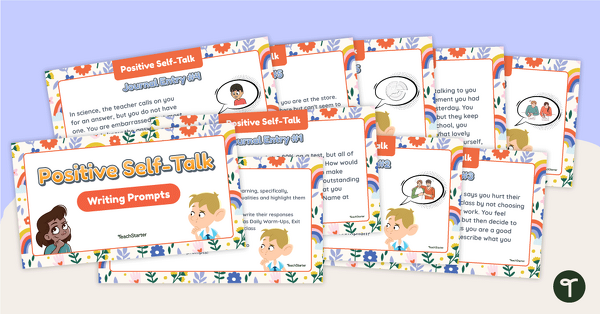
Positive Self-Talk Writing Prompts (Teaching Slides)
Use this set of 15 positive self-talk scenarios as writing prompts to expand your students ability to be kind to themselves!
- Plus Plan
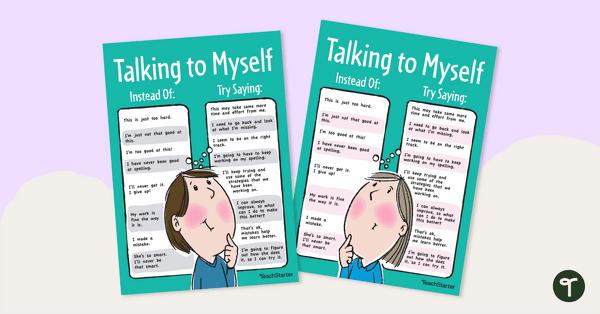
Positive Self Talk Poster: Talking to Myself
Highlight the benefits of positive self talk and having a growth mindset with this classroom poster.
- Plus Plan
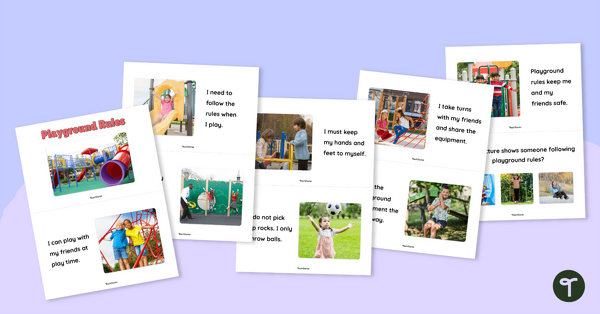
Playground Rules Mini-Book
Remind your students about playground rules with this printable mini-book.
- Plus Plan
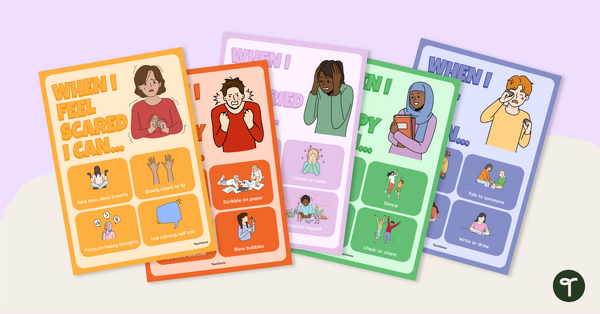
Managing Big Emotions Posters
Help students manage emotions such as anger, fear, worry, sadness and happiness with this colourful set of posters for your primary school classroom.
- Plus Plan
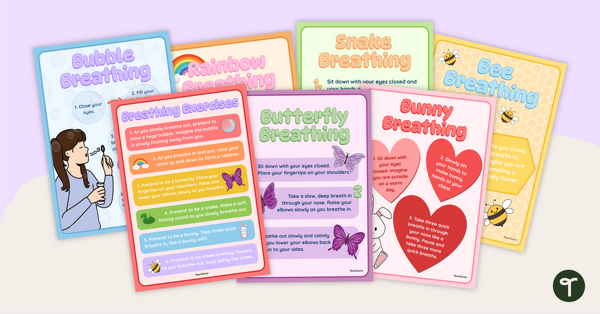
Mindful Breathing Exercises Posters
Teach students mindful breathing exercises to use when they are emotionally overwhelmed with this set of 7 classroom posters.
- Plus Plan
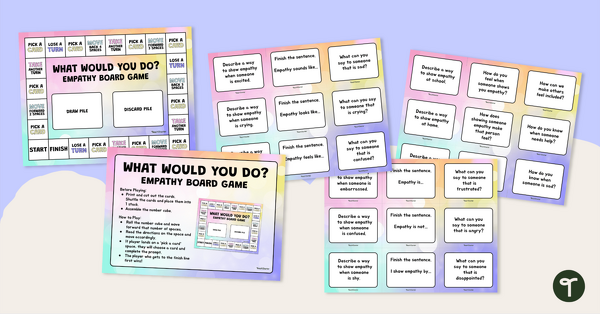
What Would You Do? Empathy Board Game
Challenge your students to think about the feelings of others and how to appropriately respond with the empathy board game.
- Plus Plan
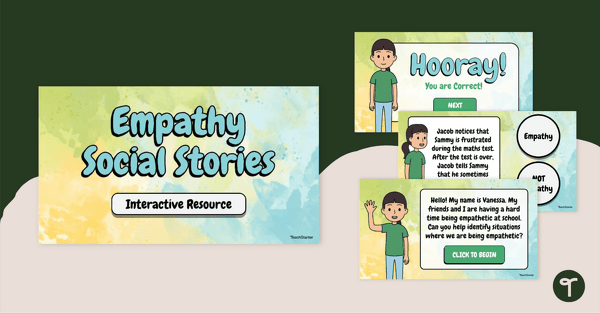
Empathy Social Stories Interactive Activity
Help your students determine empathetic behaviours with this interactive game designed for year 1 and 2 students.
- Plus Plan
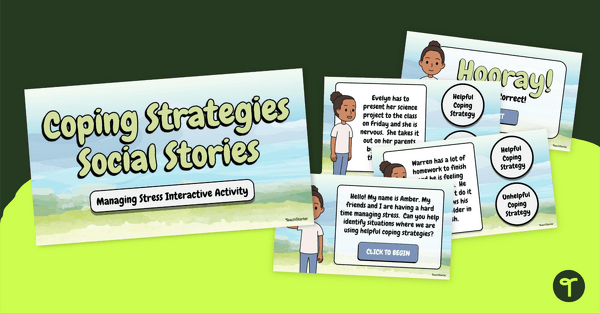
Managing Stress Social Stories Interactive Activity
Share this relaxing and calming interactive activity with your students to help them to differentiate between helpful and unhelpful strategies for coping with stress.
- Free Plan
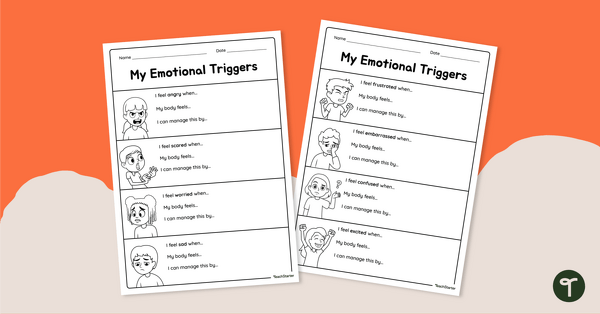
My Emotional Triggers Worksheet
Help your early years students explore the situations that trigger them to experience certain emotional responses with this 2-page emotional triggers worksheet.